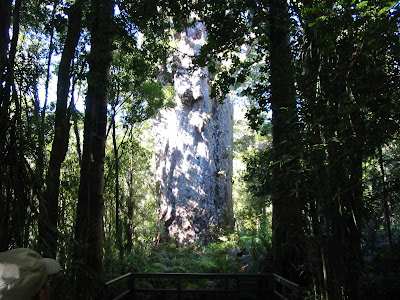
Friedensreich Hundertwasse (which means "Peace-land Hundred-water)
He is often compared to Gaudi - one of my favourite architects!

This Austrian architect was one of the best known and controversial artists of modern society! his work has been described as "unruly".
He used bright colours and rejected straight lines..

He designed flags, stamps, clothing and buildings!
One example of his buildings is the Hundertwasserhaus block in Vienna with undulating floors, a roof covered with earth and grass, and large trees growing from inside the rooms, with limbs extending from windows.

He took no payment for the design of the building, declaring that it was worth it, to "prevent something ugly from going up in its place". He was quite a character!
He made such beautiful, crazy, organic, life-affirming architecture!

His buildings are a crazy-quilt of energy and enthusiasm and emotion in bricks!
He loved people and nature and believed they could live harmoniously together and designed amazing places to live that honored people in nature.

Here's a wonderful quote by him:
"If man walks in nature's midst, then he is nature's guest and must learn to behave as a well-brought-up guest." On one occasion he appeared in public in the nude, promoting an ecologically friendly flush-less toilet!!

What's his link to New Zealand? Hundertwasser considered New Zealand as his official home, and no matter where he went in the world, his watch was always set to New Zealand time.

That finally became the place he was buried after his death at sea on the RMS Queen Elizabeth 2 in 2000, at the age of 71. Gaudi is still my favourite! But he comes a close second!!
























































